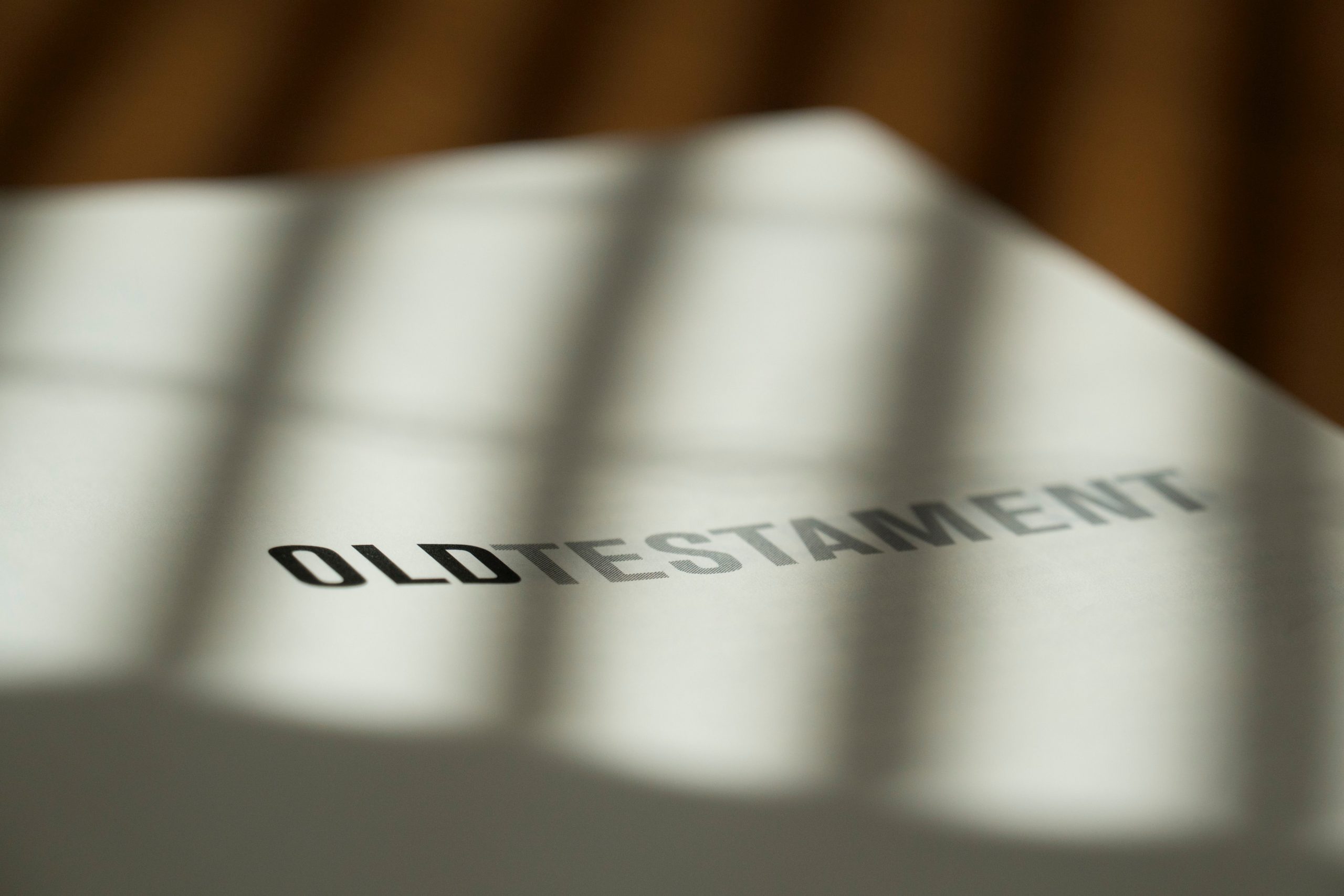Standing Stones in the Old Testament

The people of ancient Israel set up standing stones as memorials and witnesses of God’s work in the life of the nation and in the life of individuals (Ben-Ami 2006:38-45). These monuments are associated with historical events such as deliverance in times of war, divine manifestation to individuals, and significant religious occasions. One of those occasions was the ratification of the covenant on Mount Sinai. There are two words in Hebrew that are associated with standing stones: the word ʼben and the word massebah.
Gezer’s Standing Stones
3000 years old standing stones from one of the largest Canaanite temples in Israel
Stone = ʼben
In ancient Israel stones were widely available for a variety of uses. Stones were used to build houses and buildings such as temples and palaces. Large stones were used to cover the entrance of wells. Jacob rolled the stone off the opening of a well to water Rachel’s sheep (Genesis 29:10).
People used stones to carry out the death penalty against people who had violated laws forbidding adultery, apostasy, blasphemy, profanation of the Sabbath, child sacrifice, witchcraft, and soothsaying.
Stones were also used in a religious context. Stones were used for building altars. Saul used a large stone to build an altar to Yahweh (1 Samuel 14:35). When the ark of the covenant was returned to Israel, the people of Beth-shemesh set up a large stone upon which they offered burnt offerings and presented sacrifices to Yahweh (1 Samuel 6:14–15).
However, the law of the altar is very specific on what kind of stones must be used when making altars: “If you make an altar of stones for me, do not build it with dressed stones, for you will defile it if you use a tool on it” (Exodus 20:25).
Stones were used to make important memorials in Israel. One of those memorials marked a defining moment in the life of an individual. Another memorial marked a defining moment in the life of Israel.
When Jacob had a vision of God, he used a stone as a pillow, but after he woke up from his sleep, “he took the stone (ʼben) that he had put under his head and set it up for a pillar (massebah) and poured oil on the top of it” (Genesis 28:18). That stone became a memorial of Jacob’s encounter with God.
When the people of Israel crossed the Jordan, Joshua commanded the people to set up twelve stones which were taken from the Jordan River as a memorial celebrating that defining moment in the life of Israel, the entrance of the people into the land God had promised to their ancestors (Joshua 4:20). The purpose of those memorial stones was to remind future generations of how the people “crossed the Jordan River on dry ground” (Joshua 4:22).
A special use of the word “stone” = ʼben was to designate a name of the God of Israel: Yahweh is “The Stone of Israel” (Genesis 49:24).
Pillar = massebah
The pillars or sacred stones were stones set apart for religious use. The word massebah comes from the Hebrew word nasab, a word which means “to stand.” When the people of Israel left Egypt and crossed the Red Sea (See of Reeds), “the flowing waters stood like a mound” (Exodus 15:8). The only place in the Hebrew Bible where nasab is translated as a pillar is the case of Lot’s wife: “Lot’s wife looked back, and she thereupon turned into a pillar of salt” (Genesis 19:26). The Hebrew word nasab indicates that Lot’s wife was standing in place like a pillar.
In the Hebrew Bible, the massebah is generally associated with Canaanite religion. Israel was forbidden to set up sacred stones, pillars: “you shall not set up a pillar (massebah), which the LORD your God hates” (Deuteronomy 16:22). However, there are a few occasions where the massebah is used in a secular context.
When Rachel died, Jacob set up a massebah at her grave; “it is the massebah of Rachel’s tomb, which is there to this day” (Genesis 35:19–20). Absalom set up a massebah for himself as a memorial for he said, “‘I have no son to keep my name in remembrance’; he called the massebah by his own name” (2 Samuel 18:18).
During the establishment of the covenant between Yahweh and Israel, the people were commanded to destroy the sacred stones of the Canaanites, “You must demolish them and break their sacred stones (masseboth) to pieces” (Exodus 23:24). However, in violation of the demands of the covenant, the people of Israel erected sacred stones dedicated to other gods (Hosea 10:1). In their religious reforms, both Hezekiah (2 Kings 18:4) and Josiah (2 Kings 23:14) destroyed the sacred pillars which the people of Israel had dedicated to the worship of Baal.
There are several occasions where the massebah is not associated with pagan worship. When the massebah is associated with the worship of Yahweh, the massebah is accepted as a valid expression of commitment to Yahweh.
The first occasion is when Jacob anointed the stone that had served as his pillow. Jacob took the stone (ʼben) and “set it up as a pillar (massebah) and poured oil on the top of it” (Genesis 28:18). This standing stone was dedicated to Yahweh, therefore the use of a stone as a massebah was not forbidden.
A second occasion occurred after Jacob left Laban’s house with his wives Leah and Rachel. Laban pursued him to get back the idols that Rachel had stolen. After Laban was convinced that Jacob had not stolen his idols, Jacob and Laban make a covenant. “Jacob took a stone (ʼben) and set it up as a pillar (massebah) which would be a witness of the agreement they had made on that occasion (Genesis 31:44–45).
A third occasion was when Moses set up twelve stones on Mount Sinai to celebrate the ratification of the covenant which God established with Israel (Exodus 24:4). With the twelve stones, Moses made twelve pillars, each pillar representing a tribe in Israel.
Another occasion was when Joshua erected a “great stone” at Shechem to be a witness of the covenant established with the new generation of Israelites (DeGear 2015:35–41). After reminding the people of events of their past, “Joshua made a covenant with the people that day, and made statutes and ordinances for them at Shechem. Joshua wrote these words in the book of the law of God. Then, he took a large stone (ʼben) and set it up there under the oak in the sanctuary of the LORD. Joshua said to all the people, ‘See, this stone (ʼben) shall be a witness against us; for it has heard all the words of the LORD that he spoke to us; therefore it shall be a witness against you, if you deal falsely with your God’” (Joshua 24:25–27).
I have written four studies on standing stones in the Old Testament. These studies are based on four sermons by my pastor, Jeff Griffin, Senior Pastor of The Compass Church in Naperville, Illinois. Jeff preached these sermons during the month of June 2021. These are the titles of the posts and of Jeff’s sermons:
Standing Stones: Marking Our Defining Moments – Encountering God’s Presence
This post deals with the memorial Jacob established when he took the stone he had put under his head and set it up for a pillar.
Standing Stones: Reconciling With God
This post deals with the memorial Moses established at the time he prepared the people for the ratification of the covenant between God and Israel.
Standing Stones: Discovering God’s Greatness
This post deals with the memorial Joshua established to celebrate the entrance of the people of Israel into the land God had promised to their ancestors.
Standing Stones – Returning to God
This post deals with the memorial Samuel established to celebrate Israel’s victory against the Philistines.
These four monuments marked defining moments in the life of Israel. These standing stones were set up for future generations to remember the work Yahweh had done in the lives of their ancestors. In the future, when Israelite children ask their fathers, “What is the meaning of those stones?” (Joshua 4:21), they will expect an answer and the answer they will hear is that in the past when Yahweh spoke and acted, the ancestors responded. These stones are witnesses of what they saw and heard and what happened to them.
These standing stones tell “a story of miracle and wonderment.” They are witnesses “to a God who makes promises and will keep them.”
As Brueggemann writes, “these standing stones are aimed at pedagogy, to engage future members of the community of faith and to bind the generations, past, present, and future that they belong to a people whose God has acted to save them.” Those standing stones give witness that Israel is a community that has a story. Israel is a community that has a story to tell (Brueggemann 1982:14-39).
BIBLIOGRAPHY
Ben-Ami, Doron. “Mysterious Standing Stones: What Do These Ubiquitous Things Mean?” Biblical Archaeology Review 32 no 2 (2006): 38-45.
Brueggemann, Walter. The Creative Word: Canon as a Model for Biblical Education. Philadelphia: Fortress Press, 1982.
DeGear, Elizabeth Berne. ‘For She Has Heard’: The Standing Stone in Joshua 24 and the Development of a Covenant Symbol. Sheffield: Sheffield Phoenix, 2015.
Claude Mariottini
Emeritus Professor of Old Testament
Northern Baptist Seminary
NOTE: Did you like this post? Do you think other people would like to read this post? Be sure to share this post on Facebook and share a link on Twitter or Tumblr so that others may enjoy reading it too!
I would love to hear from you! Let me know what you thought of this post by leaving a comment below. Be sure to like my page on Facebook, follow me on Twitter, follow me on Tumblr, Facebook, and subscribe to my blog to receive each post by email.
If you are looking for other series of studies on the Old Testament, visit the Archive section and you will find many studies that deal with a variety of topics.






